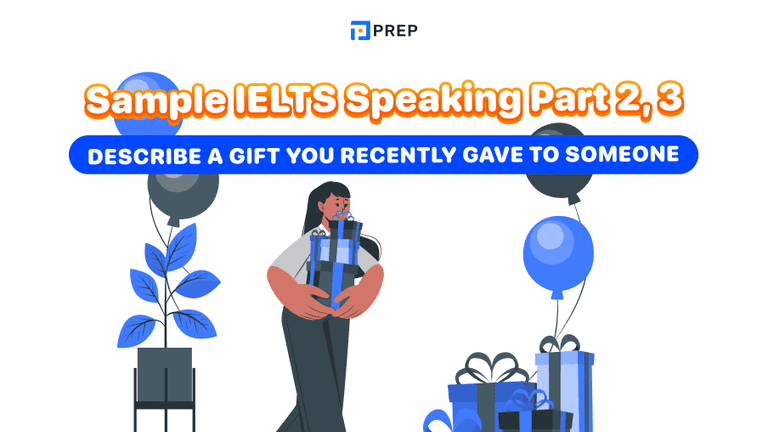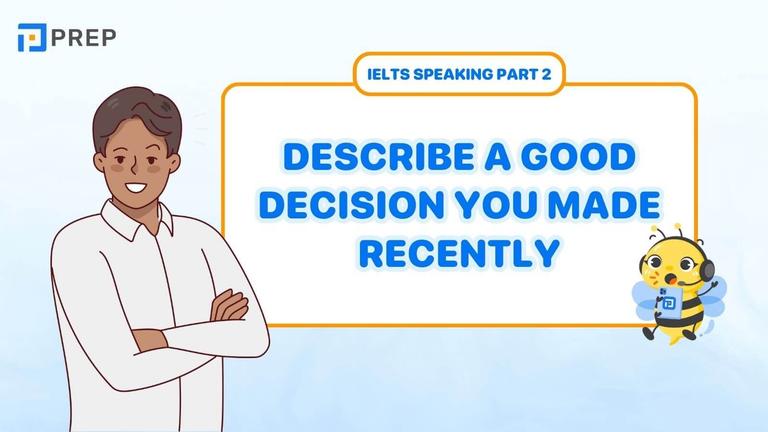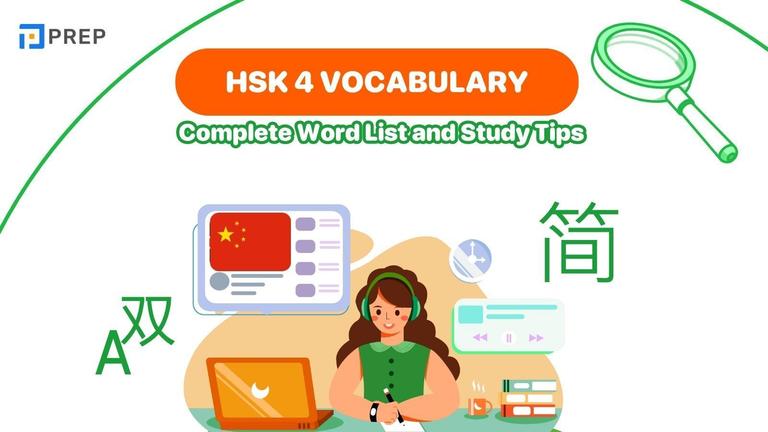First, Second, and Third Person: A Complete Guide to Grammatical Person
Understanding how to use the grammatical person correctly transforms your writing from confusing to crystal clear, making you a more effective communicator in both academic and professional settings. Don’t miss this article to help you equip yourself with the knowledge to master first, second, and third person perspectives, ensuring your writing maintains consistency, clarity, and the appropriate tone for your audience.
- I. Understanding Grammatical Person: The Core of Point of View
- II. A Deep Dive into the First Person (The Speaker: "I," "We")
- III. A Deep Dive into the Second Person (The Reader: "You")
- IV. A Deep Dive into the Third Person (The Observer: "He," "She," "It," "They")
- V. Essential Notes on Grammatical Persons in English
- VI. Common Pitfalls and How to Correct Them
- VII. Beyond the Rules: Mastering Point of View for Impactful Writing
I. Understanding Grammatical Person: The Core of Point of View
1. Start with a Simple Analogy: The Conversation Triangle
Think of a grammatical person as the foundation of every conversation you have ever participated in or observed. When you engage in dialogue, three distinct perspectives emerge naturally: the speaker who shares their thoughts, the listener who receives information, and the subject being discussed. This creates what we call the "Conversation Triangle," where each point represents a different grammatical person that serves a specific purpose in communication.
The speaker occupies the first person position, using pronouns like "I" and "we" to express personal experiences, thoughts, and actions. The listener becomes the second person, addressed directly through "you," creating immediate engagement and connection. The subject being discussed represents the third person, described through "he," "she," "it," or "they," providing an objective perspective that allows for detailed analysis and description.
2. The 3 Grammatical Persons at a Glance
|
Person |
Role in Conversation |
Key Pronouns |
|
First |
The Speaker/Writer |
I, me, my, myself, we, us, our, ourselves |
|
Second |
The Listener/Reader |
you, your, yours, yourself, yourselves |
|
Third |
The Subject/Topic |
he, she, it, they, him, her, them, his, hers, its, their |
II. A Deep Dive into the First Person (The Speaker: "I," "We")
The first person from grammatical persons represents the intimate perspective of the speaker or writer, allowing direct expression of personal experiences, emotions, thoughts, and actions. When you choose first person, you invite readers into your world, sharing your unique viewpoint and creating an immediate connection that builds trust and authenticity. This perspective proves particularly powerful when establishing credibility through personal experience or when you want to take ownership of ideas and statements.
The Complete First-Person Pronoun Chart
|
Case |
Singular |
Plural |
|
Subject |
I |
we |
|
Object |
me |
us |
|
Possessive |
my, mine |
our, ours |
|
Reflexive |
myself |
ourselves |
Rule 1: First-Person Subject-Verb Agreement
First-person subjects follow specific verb agreement patterns that differ from other grammatical persons, requiring careful attention to ensure grammatical accuracy. The singular "I" uses the base form of most verbs but requires "am" with the verb "to be," while the plural "we" consistently uses the base form and "are" with "to be."
-
Consider these examples that demonstrate proper first-person agreement: "I walk to the library every morning because the quiet atmosphere helps me concentrate better."
-
In contrast, "We walk together as a study group, sharing notes and discussing complex concepts along the way."
-
Notice how "I am ready to begin the presentation" uses "am," while "We are ready to tackle this challenging project" uses "are."
III. A Deep Dive into the Second Person (The Reader: "You")
The second person addresses the reader or listener directly, creating immediate engagement and establishing a conversational tone that draws people into your content. This perspective transforms passive reading into active participation, making readers feel personally involved in the discussion and more likely to follow your guidance or recommendations. This grammatical person excels in instructional content, marketing materials, and any situation where you want to create a sense of personal relevance and urgency.
The Complete Second-Person Pronoun Chart
|
Case |
Singular/Plural |
|
Subject |
you |
|
Object |
you |
|
Possessive |
your, yours |
|
Reflexive |
yourself (singular), yourselves (plural) |
Rule 2: Second-Person Subject-Verb Agreement
Second-person subjects maintain consistent verb forms regardless of whether you address one person or multiple people, simplifying grammar while maintaining clarity in communication. The pronoun "you" uses the same verb form whether referring to an individual or a group, which makes second person particularly user-friendly for writers and speakers.
Examine these examples that illustrate second-person consistency: "You are capable of mastering complex grammatical concepts when you apply focused practice and attention to detail." This sentence works equally well whether addressing one student or an entire classroom. Similarly, "You demonstrate excellent writing skills through careful attention to grammatical person and consistent point of view maintenance."
IV. A Deep Dive into the Third Person (The Observer: "He," "She," "It," "They")
Third person provides the objective, analytical perspective that forms the backbone of formal writing, academic research, and professional communication. This perspective creates necessary distance between the writer and subject matter, allowing for impartial analysis and presentation of information that readers can evaluate independently. Third person establishes credibility through its detached, professional tone while enabling comprehensive exploration of topics without personal bias influencing the presentation.
The Complete Third-Person Pronoun Chart
|
Case |
Singular (Masculine) |
Singular (Feminine) |
Singular (Neutral) |
Plural |
|
Subject |
he |
she |
it |
they |
|
Object |
him |
her |
it |
them |
|
Possessive |
his |
her, hers |
its |
their, theirs |
|
Reflexive |
himself |
herself |
itself |
themselves |
Rule 3: Third-Person Subject-Verb Agreement
Third-person singular subjects require the addition of "-s" or "-es" to present tense verbs, creating one of the most important grammatical rules that distinguishes third person from first and second person usage. This rule applies consistently across all third-person singular subjects, whether they are pronouns, proper nouns, or common nouns, making verb agreement a crucial skill for writers to master.
Study these examples that demonstrate proper third-person agreement: "She writes comprehensive reports that analyze complex data sets and present findings in accessible language for diverse audiences." Notice how "writes" adds the "-s" ending for the singular subject "she." In contrast, "They write collaboratively, combining their expertise to produce thorough and well-researched documents that meet professional standards."
V. Essential Notes on Grammatical Persons in English
Understanding these nuanced applications of grammatical person will enhance your mastery of English communication and help you navigate complex writing situations with confidence and precision.
1. Using "He/She/It" for Beloved Pets and Animals
While traditional grammar assigns "it" to animals, modern English allows flexibility when referring to pets and animals with whom we share emotional connections. Pet owners often use "he" or "she" to acknowledge their animal companions as individuals with distinct personalities and gender identities, creating stronger emotional bonds through language choice.
Consider these examples of grammatical persons that demonstrate this personal approach:
-
"She is my cat, Luna, who has been my writing companion for five years." This usage reflects the close relationship between owner and pet.
-
"He is my dog, Max, and we have traveled across fifteen states together during our weekend adventures." The choice of "he" personalizes the relationship and acknowledges the dog's individual identity.
However, "it" remains appropriate for animals in general contexts: "The rabbit appeared suddenly in our garden, and it seemed quite comfortable among the flowers." This neutral approach works well when discussing animals without personal connections.
2. Understanding Dummy Subject Usage with "It"
The pronoun "it" serves as a placeholder subject when sentences require grammatical structure but lack a specific, identifiable subject performing the action. This construction appears frequently in discussions of weather, time, distance, and abstract concepts that need grammatical representation.
Weather descriptions rely heavily on dummy "it":
-
"It rained steadily throughout the afternoon, creating perfect conditions for indoor studying."
-
"It becomes increasingly important to master these concepts as you advance in your language studies."
These constructions provide necessary grammatical structure while maintaining natural English flow.
3. Singular "They" for Unspecified Gender References
Modern English increasingly accepts singular "they" when referring to individuals whose gender remains unknown or unspecified, reflecting evolving language practices that promote inclusivity and precision in communication. This usage solves the awkward "he or she" construction while maintaining grammatical correctness and social sensitivity.
Professional contexts often require this approach:
-
"When a student submits their assignment late, they should contact their instructor immediately to discuss possible extensions."
-
"Someone left their notebook in the classroom, so they will need to return tomorrow to retrieve it."
These applications demonstrate how grammatical persons in english adapt to real-world communication needs while maintaining the fundamental principles of clarity, consistency, and respect for your audience's understanding and expectations.
VI. Common Pitfalls and How to Correct Them
Even experienced writers encounter specific challenges when working with a grammatical person, but recognizing these common mistakes helps you maintain professional writing standards and clear communication with your readers.
-
Unclear pronoun reference - When multiple nouns precede a pronoun, readers cannot determine which one the pronoun represents. Example: "The report and presentation were on the table, but it was incomplete" (unclear whether "report" or "presentation" is incomplete).
-
Inconsistent point of view - Switching randomly between first, second, and third person within the same paragraph or section confuses readers and undermines your credibility as a writer.
-
Subject-verb disagreement in complex sentences - When phrases separate the subject from its verb, writers often match the verb to nearby words rather than the actual subject. Example: "One of the students travel" should be "One of the students travels."
-
Inappropriate formality level - Using first person in academic papers that require objectivity, or using third person in personal narratives where intimacy is essential, creates a mismatch between content and audience expectations.
You now have a solid foundation in what a grammatical person is and how to use it correctly. To deepen your expertise, let's explore the more nuanced questions that writers often face. This next section moves beyond the fundamentals to tackle advanced concepts and help you master the subtleties of point of view.
VII. Beyond the Rules: Mastering Point of View for Impactful Writing
Mastering a grammatical person transforms you into a strategic communicator who consciously chooses perspective to achieve specific writing goals. Your understanding of first, second, and third person now serves as a powerful toolkit for controlling tone, building audience relationships, and guiding readers through complex ideas with clarity.
By deliberately selecting the most effective grammatical person for each situation, you create content that connects with readers on the level that best serves your purpose—whether building trust through first-person experience, engaging directly through second-person connection, or establishing authority through third-person analysis.

Hi I'm Chloe, and I am currently serving as an Product Content Administrator at Prep Education. With over five years of experience in independent online IELTS study and exam preparation, I am confident in my ability to support learners in achieving their highest possible scores.
Comment
Premium content
View allPersonalized roadmap
Most read












